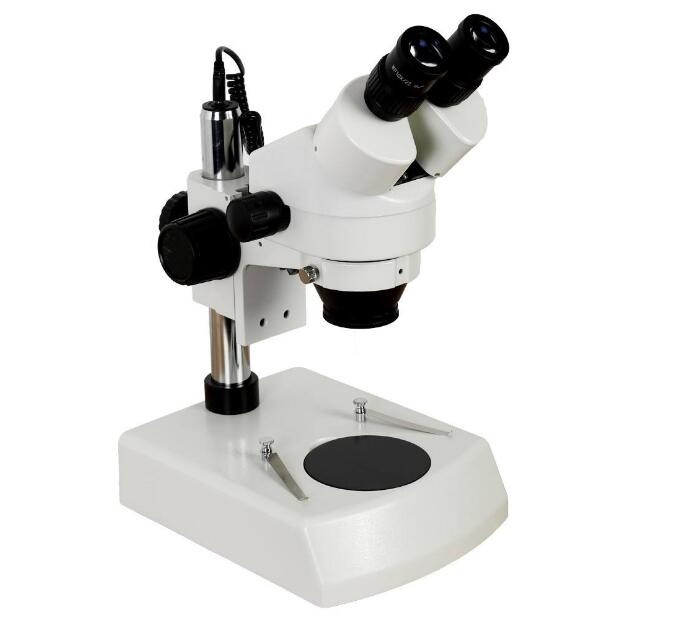Time:2024-11-29 Click:479
Many non-personnel may only know that there is a microscope for the concept of microscopic equipment, but they do not know that the microscope has become a large category of equipment after hundreds of years of development and technological transformation. According to different application requirements, different industries, and different materials, microscopes have corresponding microscopes for microscope imaging observation. Shanghai Wumo Optics will introduce the types and functions of microscopes to you.
Microscopes can now be roughly divided into two categories. Classes are used in life sciences. There are mainly biological microscopes and fluorescence microscopes. The two types of microscopes are upright microscopes and inverted microscopes according to different application requirements. For example, the WMS-1037 produced by Shanghai Wumo Optics is a computer-based upright biological microscope, and the WMSC-1088 is an inverted biological microscope. The WMF-3530 is an upright fluorescence microscope and the WMF-3650 is an inverted fluorescence microscope.
Biological microscopes are mainly used to observe and study biological slices, biological cells, bacteria and living tissue culture, fluid sedimentation, etc., and can also observe other transparent or translucent objects, powders, fine particles and other objects. It can also be used for water quality monitoring, traditional Chinese medicine identification and other purposes.
Fluorescence microscope uses ultraviolet light as a light source to reflect the object under inspection to make it emit fluorescence, and then observe the shape and location of the object under the microscope. Fluorescence microscopy is used to study the absorption, transport, distribution and localization of intracellular substances. Some substances in cells, such as chlorophyll, can fluoresce when exposed to ultraviolet rays; some substances cannot fluoresce themselves, but if they are stained with fluorescent dyes or fluorescent antibodies, they can also fluoresce when exposed to ultraviolet rays. One of the tools for qualitative and quantitative research on such substances.
The second category is the data microscope. There are metallographic microscopes, polarized light microscopes, plane microscopes, etc. Data microscopes are mainly used for the observation of consumer data. For example, foundry enterprises and automobile industry need to use metallographic microscope to observe the metallographic structure (martensitic austenite, ductile iron, spheroidization rate, etc.). The WMJ-9635 produced by Shanghai Wumo Optical is a metallographic microscope with an upright infinity optical system.
Polarizing microscope is a microscope used to study so-called transparent and opaque anisotropic materials, and has important applications in geology and other science and engineering disciplines. All substances with birefringence can be clearly distinguished under a polarizing microscope. Of course, these substances can also be observed by staining, but some are impossible, and a polarizing microscope must be used. The WMP-6503 of Shanghai Wumo Optics is a polarizing microscope with an infinity optical system.
Plane microscopes, also known as “solid microscopes” or “dissecting microscopes”, can produce upright three-dimensional images when viewing objects. It has a strong sense of plane, clear and open imaging, and has a long working interval, and it is a conventional microscope with a very wide range of applications. It is easy to operate, intuitive, and has high verification efficiency. It is suitable for the inspection of consumer lines in the electronics industry, the verification of printed circuit boards, the verification of welding defects (printing misalignment, sagging, etc.) in printed circuit components, the verification of single-board PC, vacuum The verification of fluorescent display screen VFD, etc., with measurement software, can measure various data.
According to the above general explanation, everyone should have a new understanding of the microscope. The special effects of each type of microscope are actually very different. Therefore, as to which type of microscope to use, you must choose the corresponding microscope type according to the data of the observed object.
